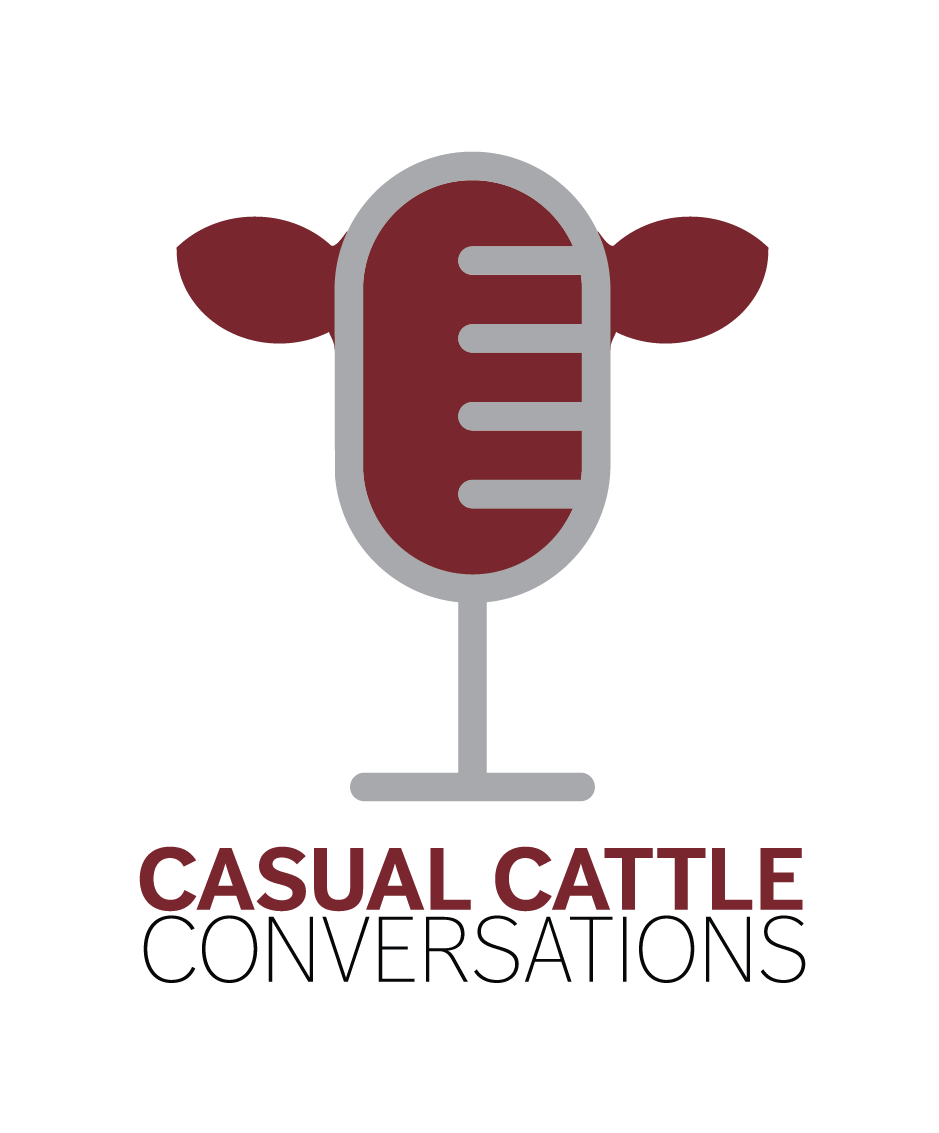How Ranchers Can Get the Most out of Their Mineral Program
Mineral programs a key component to a ranch’s success considering their impact on conception rates, weaning weights and health. Proper mineral levels in a cow before and during pregnancy also set her calf up for success. But it’s an investment and like all investment needs to be implemented correctly for ranchers to see the best possible return.
Russell Carrell – Beef Technical Service Specialist with Cargill Animal Nutrition – helps ranchers across the country troubleshoot challenges on their operations and determine how their mineral program may or may not need to be adjusted.
“The biggest challenge we run into with mineral programs is finding a product that cows will consume consistently throughout the year,” says Russell. A lot of problems can be prevented through consistent and on target mineral consumption but there is no one-size-fits-all approach.
When Russell begins working with ranchers, he starts by evaluating the environment including the mineral profiles of the soil and water sources. Russell says, “If you can get a good base knowledge of what your water’s mineral levels are that can tell you what type of antagonism you have and what mineral you need.” After that, he looks at the current mineral program. He specifically spends time on salt, phosphorus and magnesium levels because these three ingredients impact consumption rates.
Russell cautions ranchers against providing additional salt outside of what’s already included in the mineral. He says, “We should not be including any extra salt in the diet. The bags of mineral themselves have a level of salt in them.” Haphazardly altering this salt level can lead to inconsistent consumption.
“Think of it as eating a bag of potato chips. A little salt can be a good intake driver and a lot of salt can limit intake,” says Russell. He encourages ranchers to reach out to an expert, consider other factors or look into other formulations before adding salt.
Mineral feeder placement also impacts mineral consumption. Knowing where to put your mineral feeder depends on the history of your cows and the environment.
“If you have cows that historically don’t like to consume a lot of mineral, maybe you place it next to the water source. Or, if you have cows that eat mineral like it is candy, maybe you push it out so they have to walk further to get it,” says Russell.
Mineral feeder placement is a free way to control intake and save money by reducing the occurrence of overconsumption.
Outside of consistent consumption, ranchers should have a basic knowledge of what’s in the mineral but don’t need to get caught up on comparing different mineral levels across brands or programs. Russell says, “As long as we are meeting the needs of the cows, consistent consumption is probably more important than the level of nutrients on the tag.”
Organic versus inorganic sources are also important to understand. “Both have a place for different operations,” says Russell. Essentially, organics are very effective due to their bioavailability but not all parts of the world have enough antagonism to justify the cost. This goes back to knowing the environment and if they will add any extra value in the form of increased animal performance.
If ranchers are wondering if they need to switch their mineral program, there’s a simple starting point. “I would start by looking at your production records,” says Russell. If there is an area of performance you want to improve; share this with your vet, nutritionist and any other applicable team members to determine if your mineral program is the cause or could be a solution.
Mineral programs can do more than provide the basics. They can serve as a vehicle to administer fly control, Rumensin or other beneficial additives. There are also many pre-weaning and backgrounding minerals hitting the market to help calves stay healthy and get a head start.
Investing in a mineral program is investing in the future of your operation. Find the right team to make sure this investment garners a return and meets the needs of your cows and the whole system of your operation throughout the year.

